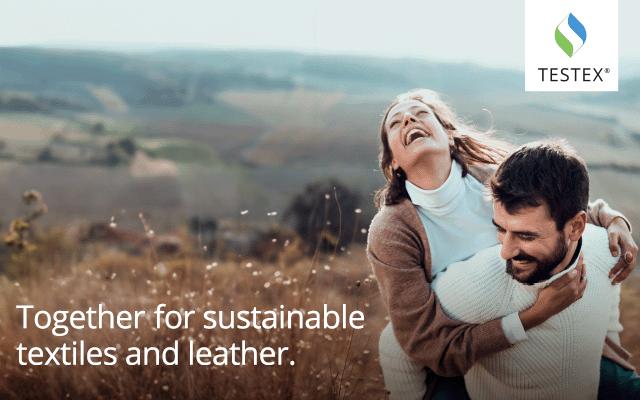Co-branding involves combining two or more brands into a single product or service. Companies engage in co-branding to leverage strong brand. It is becoming a popular business practice to strive for a positive association between different brands that can develop synergy. A well executed co-branding strategy can lead to win-win situation for both co-brand partners and can help in realizing unexplored markets or untapped opportunities. Concisely, it is instrumental to handle almost every marketing matter from creating initial awareness to building customer loyalty.
Companies form co-branding alliance to fulfill following goals:
► Expanding customer base
► To make financial benefits
► Respond to the expressed and latent needs of customers
► To strengthen its competitive position
► Introduce a new product with a strong image
► Creating a new customer perceived value
► To gain operational benefits
Co-branding is a frequently practised in fashion and apparel industry. Some of the examples of co-branding are between Nike Phillips (Electronics Manufacturer) and Adidas -Porsche (car manufacturer). Co-branding can be used for promotion campaigns, to use cartoons on t-shirts, for using logos, distributing through branded retailer etc.
Co-branding Agreements
In a co-branding alliance, both companies should have a relationship that has potential to be commercially beneficial to both parties.
Co-branding agreement includes rights, obligations and restrictions that are binding on both the parties. It includes important provisions and needs to be carefully drafted to give clear guidelines to the parities involved.
Agreement also explains about marketing strategy, brand specifications, confidentiality issues, licensing specifications, warranties, payments and royalties, indemnification, disclaimers, term and termination. Person involved in campaign must be very clear about these issues.
Promotional co-branding is the most common type of co-branding practiced by companies. Co- branding starts with endorsements with celebrities and institutions. It can enhance brand image. Sponsorship can provide with ample opportunities.
Agreement with Supplier
Alliance with suppliers gives easy access to offerings and long lasting relationships which leads to low level of investment. Distinctiveness is very important for such co-branding which is possible through patent protection.
Agreement with Value Chain members
It aims to give customers altogether new experience and enhance customer value. In value chain co-branding, members in a distribution channel both horizontally and vertically linked form alliance. Such co-branding can be between supplier-retailer, companies offering similar product or service or between product and service provider.
Innovation
This approach offer opportunity of growth in existing market and exploring new markets. In such alliance companies come together to create new offerings for customers. Risk and return are two important aspects which need to be considered. Top level management co-operation and organizational collaboration is essential for a successful agreement.
Benefits of Co-branding
►Increased sales revenue.
►Exploring new markets with minimum expenditure.
►Appropriate approach when company seeks quicker response.
►Access to new source of financing.
►Technological collaboration between two companies give better results than what could be achieved by single companys efforts.
►Royalty income.
►Sharing of risk.
►Companies can fetch higher price for value added by additional brands associated with it.
►Improved product image and credibility with another brand association.
►Increased customer confidence on product.
►Increased coverage and exposure from joint advertising.
►Prospects to develop working relationships leading to future joint undertakings
Problems with Co-branding
►Proper understanding between co-brand partners is must. Greed to fetch too much in short time may spoil the relations and even result in failure.
►Once a co-brand take position in market, it becomes difficult to dismantle co-brand and even more difficult to reestablish the brand alone.
►Companies having different visions and culture are in-compatible for co-branding.
►If brand dont possess sufficient credibility in market, it can negatively affect the other partners brand.
►Repositioning of brand by one party may adversely influence the other partys brand or campaign.
►When two products are totally different and have different set of customers, co-branding may not work.
►Inability to meet the requirements of other party may result in termination of co-branding agreement.
►Legal requirements.
►Mergers and takeovers of one party may prove detrimental to other party.
►Future environmental changes like political, legal, social, and technological or changes in consumer preferences may give unexpected outcomes.
To read more articles on Textile, Fashion, Apparel, Technology, Retail and General please visit www.fibre2fashion.com/industry-article









Comments